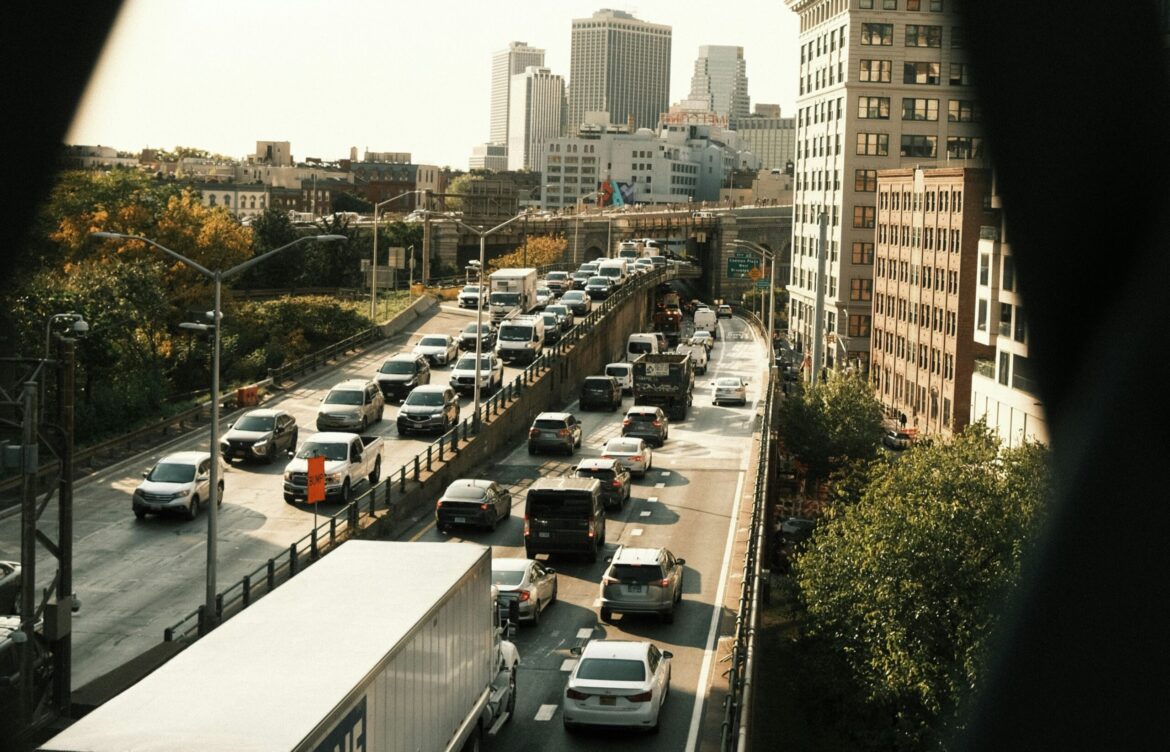Southern California, one of the largest and most populous urban regions in the United States, is grappling with a mounting transportation crisis that continues to strain both its infrastructure and residents. A new report released in March 2023 highlights the region’s transportation challenges, with traffic congestion, unreliable public transportation systems, and rising air pollution emerging as key concerns for commuters and environmental advocates alike.
Los Angeles, consistently ranked among the most congested cities in the U.S., is at the epicenter of this crisis. As one of the largest metropolitan areas in the world, the city faces a unique combination of issues that contribute to severe traffic delays. The report reveals that residents of Los Angeles spend an average of 120 hours per year stuck in traffic, a staggering figure that not only affects the daily lives of commuters but also significantly contributes to the region’s air pollution problems. The rise in vehicle emissions is exacerbating already poor air quality, further worsening the region’s environmental health.
Local officials have pointed to the region’s reliance on automobiles, combined with the rapid pace of population growth, as major drivers of the deteriorating traffic conditions. The increasing demand for roadways, coupled with limited expansion of infrastructure, has led to a situation where traffic gridlock seems to have no clear solution in sight. As more people move to the region, the stress on Southern California’s already overcrowded roadways and highways continues to escalate.
Public transportation, which could provide an alternative to the car-dependent culture of the region, has struggled to meet the needs of a growing population. Despite ongoing efforts to expand the Metro system, ridership continues to decline in many parts of the region. The Metro system, which is undergoing a multi-billion-dollar expansion project, remains underutilized in many areas, particularly in less densely populated neighborhoods. For those living in suburban or outlying communities, the lack of accessible public transportation options means that the only viable choice is often to drive, further contributing to congestion and pollution.
Moreover, public transportation gaps also highlight the inequities in Southern California’s infrastructure. While urban centers like Downtown Los Angeles and Santa Monica benefit from improved rail and bus services, less connected regions remain underserved. These disparities exacerbate the transportation crisis, as those in areas with limited transit options are more likely to rely on private vehicles, perpetuating a cycle of traffic jams and environmental degradation.
In response to this growing crisis, city officials have begun outlining a series of initiatives designed to alleviate some of the pressure on the transportation system. These initiatives include investments in green transportation infrastructure, such as the development of electric buses, expanded bike lanes, and the promotion of eco-friendly vehicle options. Additionally, officials are working to improve connectivity between major metro areas like Los Angeles, Long Beach, and Santa Monica. By making public transit more efficient, accessible, and affordable, these efforts aim to reduce the region’s overall carbon footprint and make it easier for residents to rely on alternatives to private vehicles.
One of the most pressing challenges will be meeting the state’s ambitious environmental goals. California aims to reduce greenhouse gas emissions by 40% below 1990 levels by 2030, with transportation being one of the most significant contributors to the state’s carbon footprint. To meet these targets, Southern California must not only enhance the efficiency of its public transportation system but also shift away from a reliance on gasoline-powered vehicles to greener alternatives, such as electric vehicles and sustainable transport solutions.
However, overcoming the transportation crisis in Southern California will require coordinated efforts from city planners, environmental advocates, policymakers, and the public. Addressing the region’s transportation challenges will take more than just infrastructure investments—it will require a cultural shift toward embracing sustainable, green mobility options. As Southern California continues to grow, finding a balance between urban expansion and environmental sustainability will be key to creating a transportation system that works for all residents.
For further details on the growing transportation crisis in Southern California, visit: Transportation Report – LA Times.

